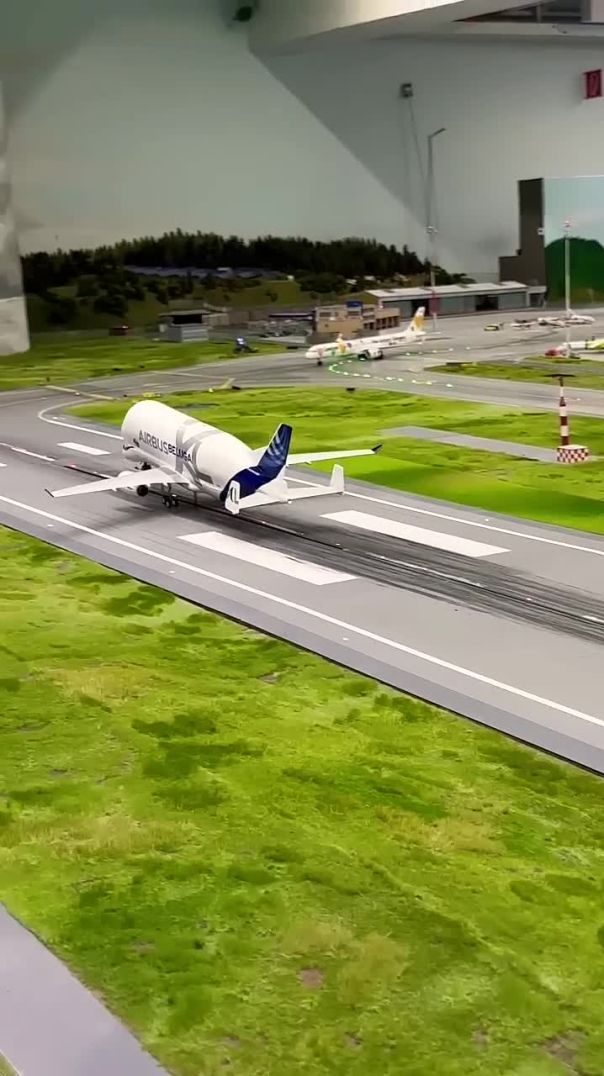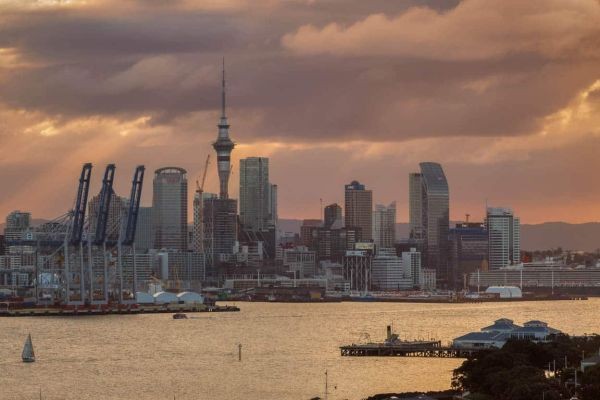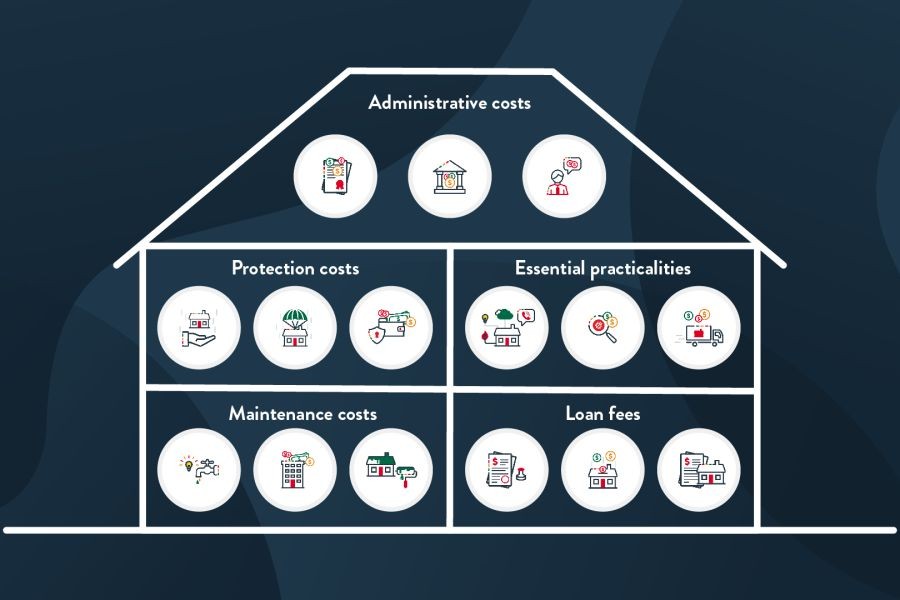For venture capitalists keen on New Zealand's burgeoning transport sector, mastering the public transport system is more than a convenience—it's an insight into how infrastructure shapes business landscapes. With New Zealand's public transport sector undergoing significant transformations, understanding its intricacies offers investors a strategic edge.
Introduction: Why Public Transport Mastery Matters in New Zealand
Imagine navigating Auckland's bustling streets without the hassle of parking or congestion. Public transport in New Zealand not only eases personal travel but also reflects broader economic trends. As urbanization accelerates, public transport systems become vital to sustainable city growth, offering investment opportunities in infrastructure and technology. According to Stats NZ, the transport sector contributes approximately 5% to New Zealand's GDP, highlighting its economic significance. Venture capitalists must recognize this potential, as efficient transport systems can enhance workforce mobility, reduce operational costs, and spur economic growth.
Case Study: Auckland’s Integrated Transport System
The recent overhaul of Auckland's transport network serves as a pivotal example. Facing gridlock, the city implemented an integrated transport system, combining buses, trains, and ferries into a unified network. The introduction of the AT HOP card simplified fare payments across all modes of transport, boosting user convenience and engagement.
Problem: Auckland's fragmented transport system led to inefficiencies and user dissatisfaction, hindering economic productivity.
Action: By adopting a multi-modal approach and investing in digital infrastructure, Auckland Transport streamlined operations and improved commuter experiences.
Result: This integration led to a 20% increase in public transport patronage within two years and reduced city congestion by 15%. The economic ripple effects included enhanced productivity and reduced carbon emissions.
Takeaway: For venture capitalists, investing in systems that enhance transport efficiency can yield significant returns, particularly in urban centers facing rapid growth.
Comparative Analysis: New Zealand vs. Global Transport Trends
Globally, cities are embracing public transport innovations, from Singapore's autonomous buses to London's contactless payment systems. How does New Zealand compare?
- Autonomy and AI: While New Zealand lags behind in autonomous vehicle adoption, initiatives like the Smart Christchurch project aim to integrate AI into transport solutions.
- Payment Systems: New Zealand's shift to contactless payments mirrors global trends, promoting seamless travel experiences.
- Sustainability: With the government’s commitment to reducing emissions, New Zealand's transport sector is prioritizing electric buses and low-emission technologies, aligning with global sustainability goals.
While New Zealand is making strides, opportunities abound for investments in AI-driven transport solutions, offering venture capitalists a chance to influence the next wave of transport innovation.
Myths & Mistakes: Navigating Public Transport Efficiently
- Myth: Public transport is always cheaper than private vehicles. Reality: While often cost-effective, frequent peak-time travel can add up. Strategic planning and utilizing off-peak discounts can mitigate costs.
- Myth: All public transport options are eco-friendly. Reality: While generally greener, the environmental impact varies. Electric buses offer a more sustainable choice over older diesel models.
Understanding these nuances helps investors and users alike optimize transport use, aligning with broader economic and environmental goals.
Future Trends: Where New Zealand's Transport is Heading
The future of New Zealand’s public transport is intertwined with technological advancements and policy shifts. The Ministry of Business, Innovation and Employment (MBIE) reports that by 2026, the deployment of smart transport systems could enhance mobility services by 30%, fostering economic growth and reducing congestion.
Predictions:
- Increased Automation: Expect more trials of automated public transport systems, reducing labor costs and enhancing efficiency.
- Enhanced Connectivity: Integration with smart city initiatives will enable real-time data sharing, improving commuter experiences.
- Sustainability Focus: With government incentives, expect a surge in low-emission vehicles, aligning with New Zealand's carbon neutrality goals by 2050.
For venture capitalists, these trends present opportunities to invest in cutting-edge technologies that promise to redefine New Zealand's transport landscape.
Conclusion: Seize the Opportunity
Mastering New Zealand’s public transport system offers more than just a smoother commute; it provides insights into economic trends and investment opportunities. As the nation advances its infrastructure, venture capitalists can capitalize on innovations that promise not only financial returns but also sustainable growth. Ready to explore the next frontier in New Zealand’s transport evolution? Share your thoughts and join the discussion below!
People Also Ask (FAQ)
- How does New Zealand's public transport impact businesses? Leveraging efficient public transport can enhance workforce mobility, reduce operational costs, and contribute to economic growth.
- What are the biggest misconceptions about New Zealand’s public transport? Many believe it is always the cheapest travel option. However, strategic planning is needed to optimize costs.
- What are the best strategies for navigating New Zealand’s public transport? Utilize integrated transport cards like AT HOP and plan off-peak travel to maximize convenience and cost-efficiency.
Related Search Queries
- New Zealand public transport innovations
- Investing in NZ transport infrastructure
- Auckland transport system improvements
- Public transport sustainability in NZ
- Future of public transport in New Zealand

































casimiradyring
15 days ago